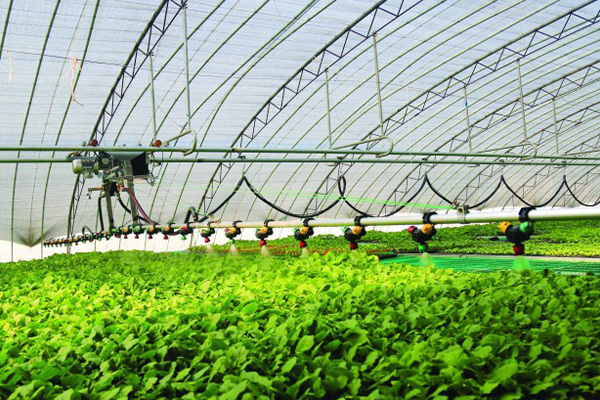The action principle of pesticide auxiliaries
Release Time:
Sep 10,2024
Pesticide additives can increase the adsorption of pesticides on the surface of plants or leaves, and promote the targeting of pesticides to the site of action of plants, thereby improving the efficacy of the pesticide. For example, some pesticide additives can enhance the adhesion and permeability of pesticides, so that pesticides are better adsorbed on crops, and penetrate into the crop body, thereby improving the efficiency of drug utilization.
The action principle of pesticide additives is mainly reflected in the following aspects, which work together to optimize the use of pesticides:
1. Enhance the killing effect of pesticides
Pesticide additives can increase the adsorption of pesticides on the surface of plants or leaves, and promote the targeting of pesticides to the site of action of plants, thereby improving the efficacy of the pesticide. For example, some pesticide additives can enhance the adhesion and permeability of pesticides, so that pesticides are better adsorbed on crops, and penetrate into the crop body, thereby improving the efficiency of drug utilization.
2. Improve the physical or chemical properties of pesticides
Pesticide additives can improve the dispersion, stability and solubility of pesticides and other physical or chemical properties. For example, dispersants can help the original drug to be evenly dispersed in the preparation, preventing the droplets from condensing and becoming larger; Emulsifier can make a fluid with very small liquid beads stably dispersed in another non-soluble liquid, forming emulsion; The stabilizer can make the pesticide molecules more stable, reduce the decomposition of the agent under light, and extend the effect period of the agent.
3. Improve the adhesion and penetration of pesticides
Pesticide additives enhance the adhesion and permeability of pesticides on plant surfaces by improving the wettability, adhesion or permeability of pesticides. This helps the pesticide to better contact with the plant and improve the utilization efficiency of the drug. For example, wetting agents can reduce the surface tension of the drug solution, make the drug granules wet quickly, and make the drug solution easily wet and spread on the surface of the application target, and help the drug penetration.
4. Reduce the decomposition and failure of pesticides
Pesticide additives can stabilize the active ingredients of pesticides and reduce their decomposition and failure in the environment. This is helpful to extend the duration of the pesticide and improve the control effect.
5. Reduce dosage, save cost and reduce environmental pollution
By improving the adhesion and penetration of pesticides, pesticide additives can reduce the dosage of pesticides, thereby saving costs and reducing environmental pollution. For example, the combination of some pesticide additives and pesticides can significantly improve the insecticidal effect of pesticides and reduce the toxicity of drugs to the environment and human body.
6. Acid-base regulation
pH regulators can change the pH of the agent, making it easier for the agent to adsorb on the target surface, and enhancing the penetration of the agent in the crop body. This is helpful to improve the biological activity and utilization of the agent.
Key words:
Recommended News




